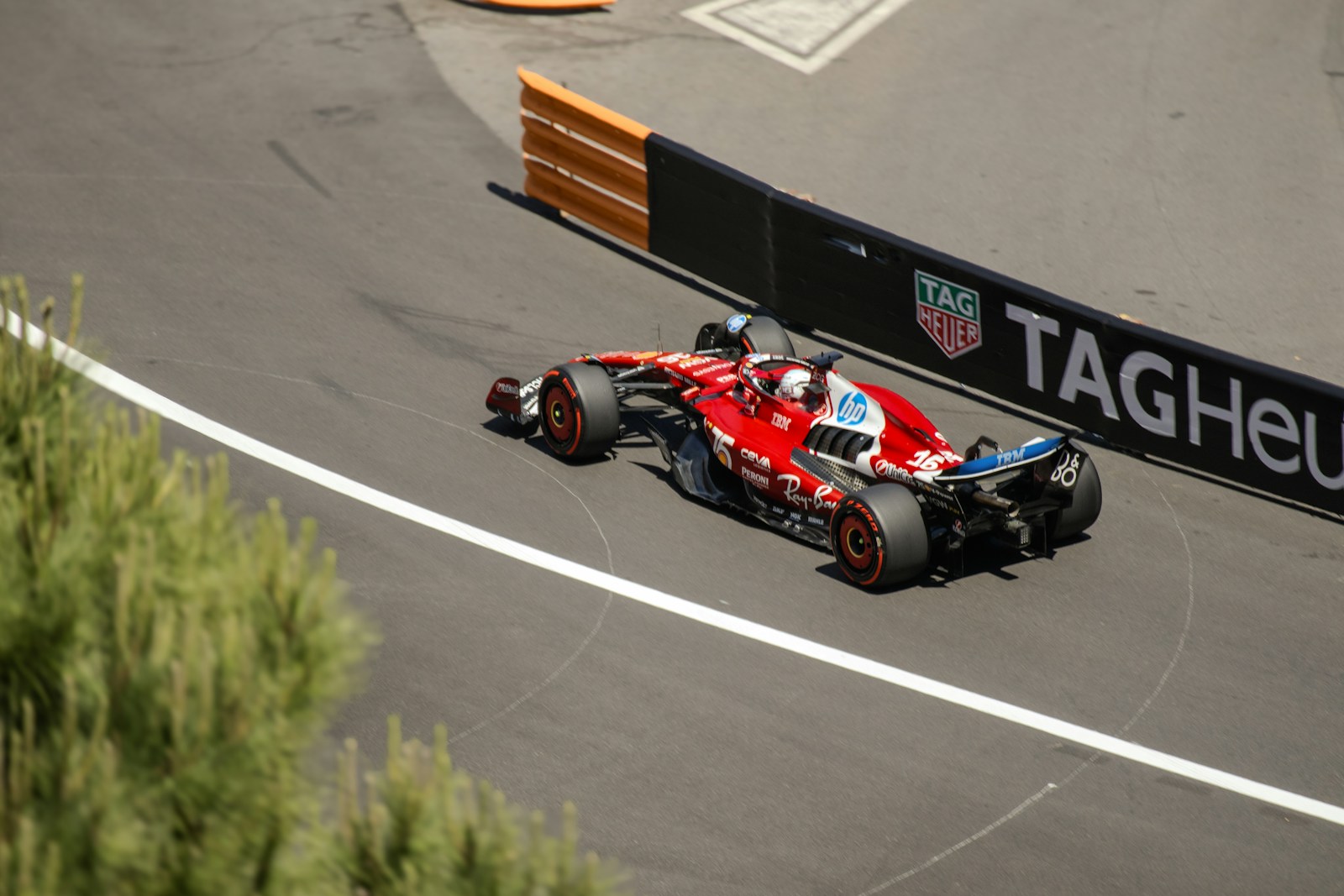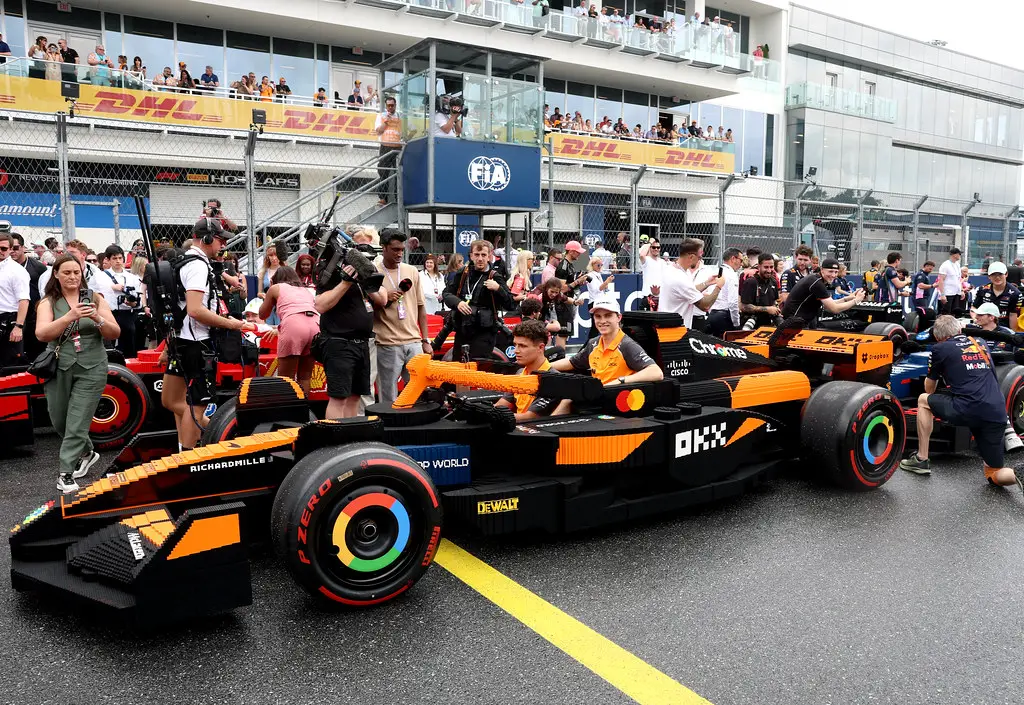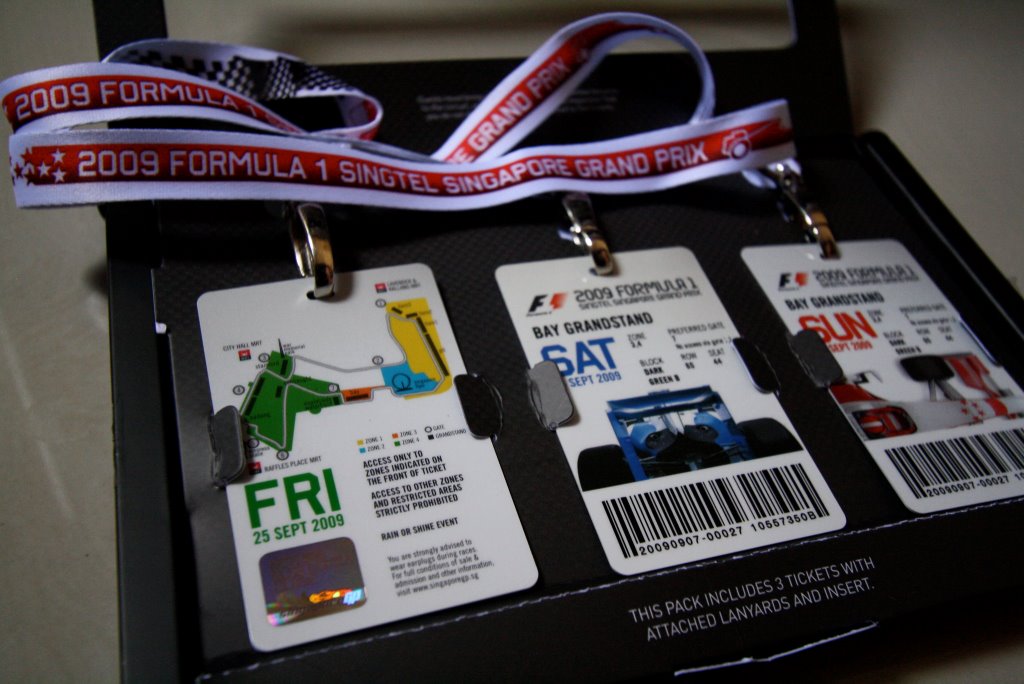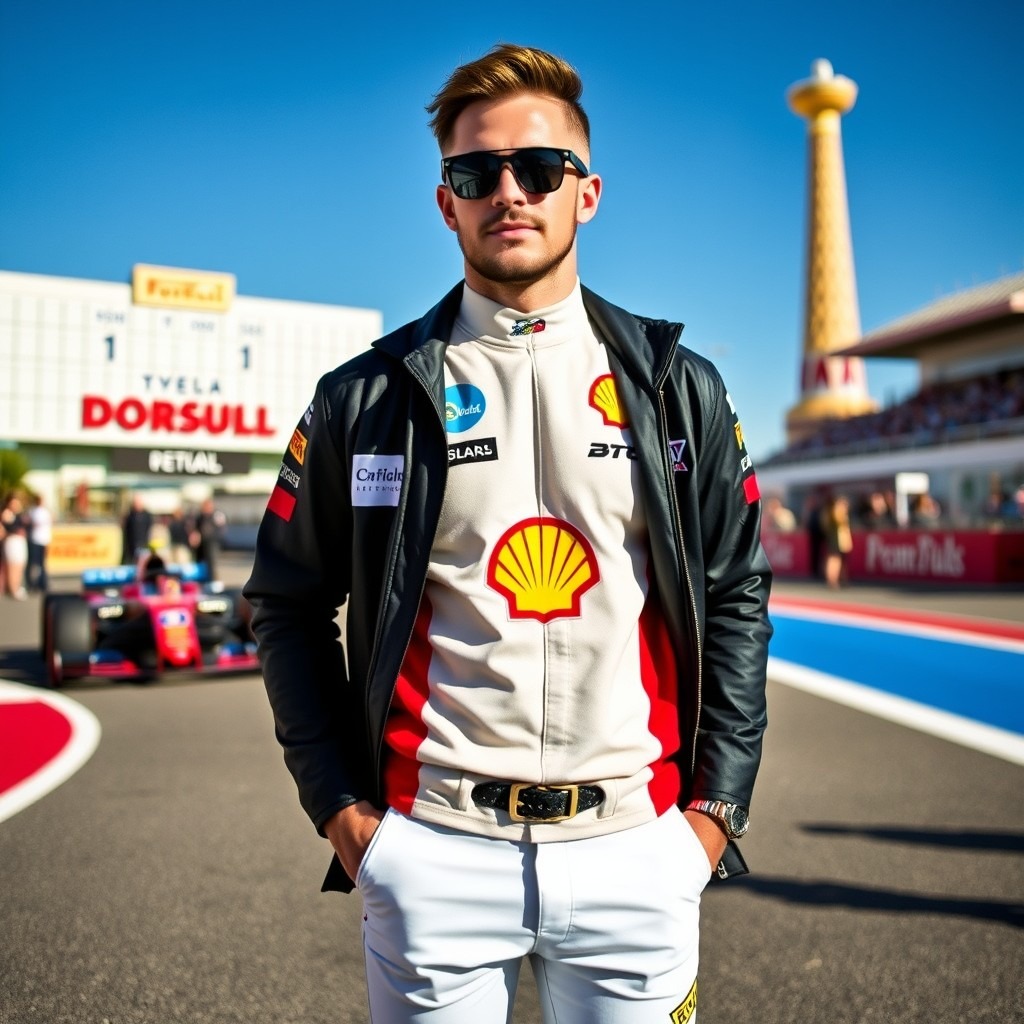So you’ve just started watching F1. Maybe you joined a few weeks ago. You saw Nico Hulkenberg finally take that long-awaited podium after 239 races, or Charles Leclerc score Ferrari’s first pole at the 2025 Hungarian Grand Prix. Now what? Too many names, too many terms, and zero answers. Take a breath. This review will explain it all step by step. By the time the summer break ends, you’ll be ready to cheer, critique, and feel like one of us. Welcome to the Formula 1 2025 mid‑season review!
Key Storylines & Developments
McLaren’s Thunderous Return
Let’s get one thing clear: McLaren roared back.
After years of being the ‘almost there’ team, McLaren has stormed into the spotlight, locking in the Constructors’ Championship lead and collecting more wins than any other team so far.
Yes, that’s right—McLaren – the orange squad. The team built by Bruce McLaren won its first-ever victory 57 years ago!
Why does this matter?
Because McLaren is one of the sport’s legends, like the Rolling Stones of Formula 1. And in 2025, they’ve found the rhythm again.
If you rewind just a few years, the team was still scratching at the top five, battling for podium scraps. But then came the magic switch.
Something clicked around 2022, right between the fall of Mercedes’ Hamilton era and the slow fade of Red Bull’s Verstappen dominance.
Fast-forward to 2024, and they were serious contenders. Now, in 2025? They’ve delivered.
McLaren’s comeback is about rewriting the script of F1, introducing new heroes, new tension, and new hope for fans tired of the same three names on the podium.
What’s now? Oscar Piastri leads the Drivers’ Championship with 284 points, just nine ahead of his teammate Lando Norris, who is hot on his heels with 275. The Hungarian Grand Prix was a nail-biter: Norris edged Piastri on the final lap in a masterful strategic display, marking McLaren’s 200th F1 win.
Zak Brown, McLaren’s CEO, captured the mood perfectly. In a letter during the summer break, he praised both drivers and stressed that while their internal battle is fierce, it’s also healthy, making F1 more exciting than ever. Team leadership is carefully navigating potential tension, especially after the rocky moment in Canada. However, they remain confident that it is professional and compelling.

The Underdog’s Moment: Nico Hulkenberg and Sauber’s Revival
Let’s set the scene: Silverstone. Rain. Chaos. And then—boom! Nico Hulkenberg lands on the podium. Finally. After 239 races. Yes, you read that right, two hundred thirty-nine.
This wasn’t just a feel-good moment for long-time fans or a sweet redemption arc. It was also a spotlight moment for a team many had forgotten about, Sauber.
Their mid-season upgrades were a transformation. Since the new package arrived, Sauber has clawed its way from the back to midfield, and both Hulkenberg and rookie Gabriel Bortoleto are scoring points like clockwork.
Right now? Sauber sits P7 in the Constructors’ Championship, and they’re dangerously close to cracking the top five. Not bad for a team that was barely visible last year.
But here’s why this matters even more
In 2026, Sauber becomes Audi, yes, that Audi. This resurgence is Audi’s test drive for its big entrance into Formula 1. Every point Sauber scores today builds the foundation for Audi’s success tomorrow. These are not just results; they’re proof of concept.
And don’t sleep on Bortoleto. The young Brazilian, mentored by none other than Fernando Alonso, is rising fast. His P6 finish in Hungary wasn’t a fluke. With Audi watching and seats in 2026 on the line, he’s racing for his future. And something tells us… He’s just getting warmed up.

Rulebook Refresh: How It’s Shaping the Racing
The 2025 Formula 1 season is the hinge between two eras. We’re closing the chapter on the current regulations and taking a peek into the future with the new-gen F1 in 2026. That’s when we’ll see radically new cars, hybrid engines with more electrical power, and fully sustainable fuel. So yes, a lot of teams are already flexing toward 2026, but this season still packs its own plot twists.
Now, let’s discuss the minor adjustments that significantly impact the way racing feels in 2025.
Fastest Lap Point? Gone. Outline
Since 2019, the top 10 finishers could earn an extra point for the fastest lap, but that rule got axed this year. Why? Because it started gaming the system. The FIA said enough. Now, every point must come from where you finish, not from a strategic flyer on fresh tires.
For the top teams, that’s just one less gimmick to juggle.
For the smaller teams? It hurts. That one point used to be a rare shot at glory for midfield and backmarker drivers, like Pierre Gasly or Isack Hadjar, who now have one less weapon in their arsenal. No fastest-lap point means fewer upsets and tighter gates to the scoreboard.
But the upside? Every overtake, pit stop, and tire call matters even more. Real racing is back in focus.
Aero Rules: Wings Must Stay Still, Thank You
If you love the science side of F1, here’s your update:
F1 tightened its flexi-wing rules.
F1 wings = airplane flaps. They push the car down to hug the track, just like airplane flaps help push a plane up into the sky.
Front and rear wings now face stricter load tests, especially mid-season, when new data triggered updates around the Spanish Grand Prix. This cracks down on clever ‘mini-DRS’ effects and bendy aerodynamic tricks that some teams used for sneaky straight-line speed.
Why does it matter?
Aerodynamics is half the game in F1. Even a few millimeters of flex can shave tenths off lap times—or save tires in a long stint.
McLaren had a smart setup that danced near the edge of legality. With the rule shift, the field levels a bit. Expect more tight midfield battles and less ‘one car disappears into the distance’ drama. Aero limits = closer racing = better show.
Need a beginner-friendly DRS breakdown? We’ve got you covered here.

Unpredictable Tweaks at the Grid
But first, who’s who on the F1 team?
- Driver: The pilot. The face. The fighter.
- Race Engineer: The co-pilot in your ear. Keeps the driver calm and fast.
- Team Principal: The boss. Think: Ted Lasso in overalls… or sometimes, Succession-level drama.
- Team CEO: The boss of bosses.
- Mechanics: The pit crew ninjas—those sub-3-second tire changers. Now, moving on.
Red Bull’s Shakeup: Horner Out, Questions In
When Formula 1 talks about ‘fairer racing,’ the politics behind the paddock often speak louder than the cars. And this season? One of the biggest headlines wasn’t even on the track.
Red Bull fired Christian Horner.
Yes, that Christian Horner, the man who led Red Bull since its F1 debut in 2005, never missed a race. He helped guide the team through every high and low. He wasn’t just a Team Principal; he was the face of Red Bull Racing.
On July 9, 2025, Horner was officially removed from both positions, Team Principal and CEO, with immediate effect. Why? That’s the million-dollar question. No confirmed reason has been given, and the rumor mill is spinning harder than ever.
Although Zak Brown, McLaren’s CEO, gave the only semi-clear public comment, pointing to the ‘political aspects’ of F1. Translation? It wasn’t just about performance; it was about power.
If you rewind the Mercedes vs. Red Bull war in 2021, it was more than Hamilton against Verstappen. Yes, Wolff vs. Horner. Two giants locked in a psychological and strategic chess match that shaped the sport for years. Now, with Horner gone, some say it’s a changing of the guard. Others think it’s personal history finally catching up with him.
So, who steps in? Laurent Mekies. Solid credentials. A calmer demeanor. Possibly less drama. But also less of that Horner-style edge. If you want more details, read PlanetF1’s story on Horner.
Behind the Scenes: Newey’s Exit and Verstappen Rumors
And just when you think that’s enough upheaval, Red Bull’s technical wizard Adrian Newey, the most decorated car designer in F1 history, walked away too.
That’s right, he left just before the season began. But here’s the twist: he did finish the RB21 before leaving, and that’s the car currently racing. His departure doesn’t impact this season’s car… but mentally, it shook the team.
With Horner and Newey gone, whispers started that Max Verstappen might be next.
Rumors exploded: Verstappen to Mercedes. A supposed $245 million contract. But here’s the reality check—his contract with Red Bull runs until 2028, and Mercedes has already locked in both George Russell and rookie Andrea Kimi Antonelli for 2026. A few weeks later, Verstappen himself shut it all down. He’s staying, for now.
But in F1, there’s rarely smoke without fire.

Aston Martin’s Slow Burn
If you’re new to F1, here’s what you should know: Aston Martin isn’t just another team. They’ve got the money (thanks to billionaire Lawrence Stroll), the drivers (Fernando Alonso and Lance Stroll), and now, the genius (Adrian Newey). So… what happened?
Nothing. Or rather—not enough.
Despite the hype, Aston Martin stumbled through one of its worst seasons yet. Alonso scored his first points only in race nine. Three DNFs. Stroll Jr. had a solid P6 at the opener in Australia… and then disappeared from the top 10.
So, where’s the issue?
It’s not Newey. His famous ‘magic pencil’ hasn’t touched this car. Because he couldn’t help with the 2025 Aston Martin challenger due to his obligations to Red Bull. He has publicly stated that he will not work on it. Instead, he’s focused on the all-new 2026 car—the beginning of F1’s next era.
Could he sprinkle some magic during the summer break? Maybe. But don’t expect miracles.
However, if he does manage to steer this ship mid-season, it would go down as one of the greatest engineering turnarounds in modern F1 history.
Emerging Rivalries & Season Narratives
Piastri vs. Norris – that’s the main question.
Let’s not dance around it; this is the battle that’s lighting up the F1 2025 season.
Oscar Piastri vs. Lando Norris is a head-to-head for the championship title itself. Piastri currently leads the standings, but only just. Norris is closing in with a string of brilliant drives, including that heart-stopper in Hungary, where he snatched victory on the final lap.
This is edge-of-your-seat, two cars in one corner, strategy meets speed drama. It’s the kind of rivalry that brings up flashbacks to Senna-Prost, Hamilton-Rosberg… except this time, it’s still polite. Mostly. It’s the battle inside the garage. Is it awkward? Maybe. Is it thrilling? Absolutely. Frankly?
For both drivers, this would be their first-ever world title. The tension? Palpable. The speed? Blistering. The question isn’t just ‘Who’s faster?’ It’s:
Who’s calmer under pressure?
Who’s more strategic with tire choices?
Who trusts their team more?
Who blinks first?
No one knows. And that’s why it’s magic.
Any hints? Yes, a few experts bet on Piastri because he’s mentally calmer.

Hamilton vs. Ferrari: A Love Story on Fire
You’d think that Lewis Hamilton, seven-time world champ, joining Ferrari would be the fairy tale F1 needed.
But so far? It’s been anything but.
Zero podiums. Thirteen races. A visibly frustrated Hamilton. Team radio clips tell the story: confusion, disappointment, and a sense that Ferrari’s legendary name just isn’t delivering legendary results, yet.
The hope was high. The car? Not so much. While Charles Leclerc occasionally flirts with pole positions, Hamilton’s side of the garage has struggled to unlock any race-winning pace. Some fans are calling it a ‘transitional year.’ Others are just calling it rough.
But if we’ve learned anything from Hamilton’s career, it’s this: don’t count him out.
Sainz at Williams: Fast, Frustrated, and on the Fence
Let’s talk about Carlos Sainz. Yes, the same Sainz who once battled Leclerc at Ferrari and stood on podiums.
He’s now at Williams, a team rebuilding from the ground up. And he’s… not thrilled.
Sure, he’s fast. Still a fan favorite. However, he has been openly critical of the car, its pace, and occasionally, its strategy. Some call it honesty. Others call it tension. Either way, it’s a problem.
Sainz left Ferrari for a fresh start, but the reality of Williams’ limitations has set in fast. He’s driving a car miles away from the front. And here’s the rub:
Mercedes? No opening.
McLaren? Been there.
Ferrari? Already done.
So… what’s next?
Rising Threats (and Wobbles)
While the spotlight shines on McLaren and Ferrari, other names are quietly—and not so quietly—shaking things up:
- George Russell is pulling strong results out of a tricky Mercedes, reminding everyone why Toto Wolff backed him so heavily. His consistency has become a real thorn in Red Bull’s side, yet the team has not extended his contract. Same for Andrea Kimi Antonelli. Why is Toto Wolff delaying the deal? What’s on his mind? Other options? What if he really wants Verstappen? This is what’s going through Russell’s and Antonelli’s minds.
- Max Verstappen—yes, that Max—is having a low-key slump. Just two wins so far. A dip? Or the start of something deeper? Whether he can find the power out of the car’s limits and stop them, or if he’s watching McLaren disappear into the distance?
In the midfield, the storylines are just as spicy:
- Yuki Tsunoda‘s seat at Racing Bulls is warming up… maybe too warm. Rumors swirl that Isack Hadjar could replace him before the season’s end.
- Liam Lawson is also under pressure. Expectations were sky-high, but results haven’t matched. And let’s be honest—when you drive for a Red Bull–affiliated team, patience is thinner than a qualifying margin. Red Bull’s driver academy is stacked. If you don’t deliver, there’s a whole waiting room of young talent tapping their helmets, waiting.
If you’re new here, don’t just focus on who’s winning races. Watch for what’s brewing underneath:
- The mind games.
- The radio calls.
- The body language between teammates.
- The surprise results that shift careers.
F1 is like a pressure cooker. And this year, it’s about to boil over.
The Road Ahead: What’s Next for F1 2025?
2025 has 24 races total. We’ve just finished Round 13, with the summer break giving teams time to reset, breathe, and rethink.
The F1 calendar started with a bang in Bahrain and will close in Abu Dhabi. You’re entering mid-season—a great time to jump in without feeling lost.
So far, this season has been a mix of chaos, comebacks, and calculations. McLaren flexed its might, Nico Hulkenberg broke hearts (in the best way), Piastri quietly climbed, and Hamilton found himself… somewhere in Ferrari red and frustration.
We’ve seen new rules shake up old habits, and the midfield turn into a battleground. It’s been emotional and political. It’s been Formula 1 at its unpredictable best.
And the second half? Oh, it’s just getting started.
Expect fireworks with new upgrades brewing, drivers sharpening their elbows, and silly-season whispers growing louder than a Ferrari launch video. (Metaphorical. But also maybe real fireworks—this is F1.)
Here’s what to do next if you’re new and loving it:
- Bear with us. We’ll keep things clear, punchy, and jargon-free over at Grixme’s F1 Hub.
- Catch up with our F1 Weekends Beginner’s Guides, explainer series, and cheat-sheets for rules, rivalries, and WTF just happened.
- Follow the summer break recommendations. Because trust us—Formula 1 doesn’t actually sleep.
- Bookmark this space. We’ll be back with more metaphors.
You’ve survived your first half-season. That means you’re in. The lingo is less confusing, the rivalries are heating up, and your hot takes are getting hotter. Let’s keep going. F1 is a long story, and you’re already watching it like a pro.



